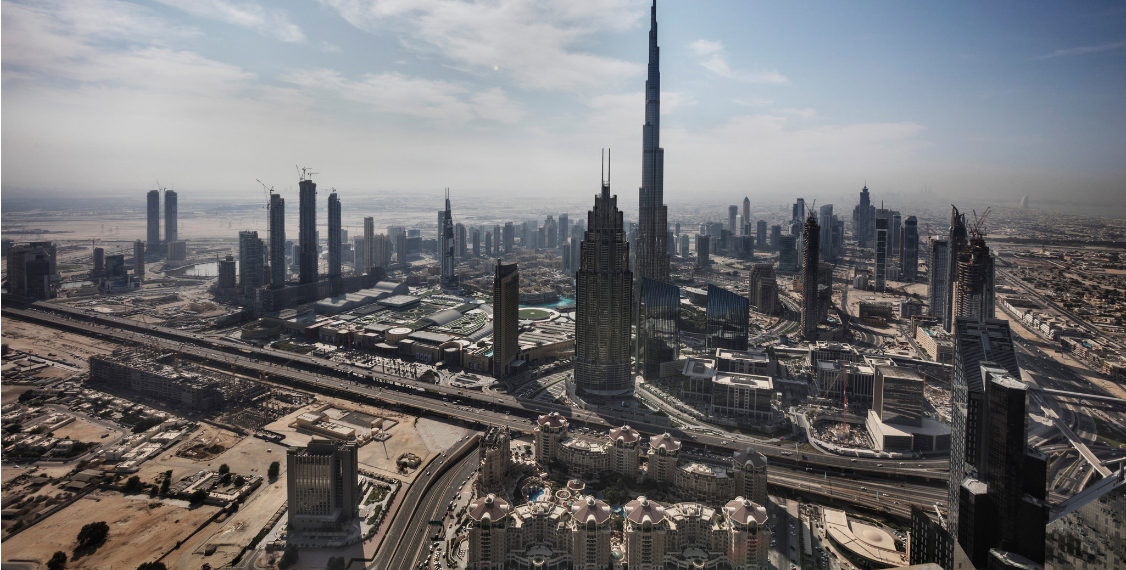ELISA Tabs
We must look forward and anticipate the future, so that your country lead globally.
Dubai Crowned Prince.
The vision expressed by HH Al maktoum highlights the impossible dissociation of leadership and technology. The current use of this term may have created a definitional difficulty sometimes reduced to the mere " financial" acceptation.
The reductive acceptation of a global financial leardship to the effects it can generate has been overtaken by the search for a more pragmatic definition. It is in fact a change of perspective due to the apparent upheaval of the balance of economic forces.
This vision induces a contemporary definition mainly based on the notion of advanced technologies and their adapted protection. Thus, global leadership can be identified as "all technological systems and continental civilizational developments few altered by the influence of foreign countries". This vision evidently raises the delicate problem of the place and role of human in relation to the political ambitions of his government.
The answer finds its source in the double ambition of the human who seeks at the same time to appropriate a citizenship and to preserve it. In this perspective, the concepts of town planning and the protection of constitution may appear contradictory in particular because of the consumption of the landlord law engendered by urbanization. This effect is not only due to the development of the urban population, it also holds in particular, the trend towards a change in the use of rural and offshore areas. The legislation provides a solution to this apparent opposition. This principle from international and community essence, must make it possible to take technological concerns in normative sets of which this is not the primary vocation. For many years, the legislator has gradually and continuously integrated technological issues, notably by affirming the existence of a common heritage of the nation and using with parsimony, the notion of sustainable development.
Faced with the relative weakness of the effectiveness of these concepts or principles, the law tries to find a practical solution by using zoning. This traditional method designates the use of the division of a territory in several areas to which different uses are assigned. The intensification of this
practice born of the "legal of landscape", was largely marked by necessities related to rail transport ( Airtrain, hyperloop ...) but also by the awareness of the emergence of the transport manned drone.
The technique of zoning taxi drone makes it possible to ensure the protection and the perenniality of these spaces. It is the benchmark for the application of the principle of these concerns in landlord law.
The principle of technological integration concerns in landlord law: nuanced effectiveness
In law, the concept of integration can have several meanings.
The reference to this term has been the preserve of the public international law. Within the framework of international organizations, the integration implies at least a sharing of competences between the
International law and the Member States and may extend to the transfer of these State powers to the international organization. In this context, integration must be brought closer to the search for a union. This term also applies in the context of the self-determination of peoples who exercise this right "to merge, on an equal basis". Thus, in the first sense, it is a union between States within an international organization or between peoples. Secondly, under the parallel impulse of the coalition of the Emirates, and in the face of an increasingly blatant imbalance between local technological concerns and the development of non-oil trade, a principle of integration away from the first legal definitions of this term.
Article 24 of the UAE Constitution makes reference to its citizens for the concept of prosperity derived from the common and private activities of the nation.
The latter symbolizes the integration of technological concerns by the notion "within the limits of the law", which is correct but the lack of questions about its applicability reveal its weakness. The concept of sustainable development could have alleviated this deficiency, but its interference with the constitution remains relatively weak.
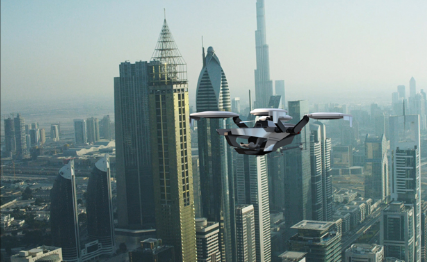
Antoinette Aircraft air shuttle between Damac and Emaar Properties. See more >
The process of manned drone transport integration: convergent movements
The recognition of the principle of integration stems from a double movement emanate both of the right of own property (A) and the aviation regulation (B).
- A/ Air Shuttle: A progressive recognition in landlord law
The recognition of the principle of integration, as we know it today, is the result of a long evolution begun by the Rulers of the Emirates of Abu Dhabi, Dubai, Sharjah, Ajman, Umm al Qaiwain, Ras al Khaimah and Fujairah in 1971 in the constitution. The maturing of this principle will lead to its connection with the concept of sustainable development thirty years after the 2004 amendments.
This principle will be confirmed by a major evolution of the means of public transport and the road network to which the principle of integration of the n°7 real estate law is definitively attached in 2006 .
Before that date, the 2004 amendments did not bring real innovations and only allowed the reaffirmation of the principles set out in the Constitution of the United Arab Emirates.However, this reminder of the principles was the occasion to highlight, in the final declaration, the three pillars of sustainable development:
Economic development, technological development and national protection of lands and properties. The latter are presented as "interdependent and mutually reinforcing".Doctrinal opinions on this concept of sustainable development see it as a real "conceptual matrix" that seems to be corroborated by the provisions of the 2020 Dubai Master Plan established by the Suprem Urban Planning Council (SUPC) in Decision No. 23/2011². The preamble of the latter refers to sustainable development as one of the objectives of excellence to be achieved by the authorities. As HE Al Mattar El Tayer points out, this reference implies the integration of public transport concerns in the territories of the Emirates. If the development of roads and public transport is only dubiously inscribed in the decision, it undoubtedly influences the development agency of real estates.
It also notes that this organ has recognized that the Emirates are "free to set up to promote to the other Emirates their own technological objectives", that they have "wide autonomy to determine their own research policy And development ". In this context, the construction of RTA drone ship public station was chosen, consecutively to the promotion of the drone taxi, since it appears in the 2020 Dubai Master plan. However, it will serve as a reflection matrix of the organ for resolving conflicts arising from this agreement in allowing the integration of aeronautical legal concerns in relations relating to the landlord.
Abu Dhabi Ministry of Interior, Mr A. - Police Smart Engineering Technology Learn more >
Dubai Road and Transport Authority, Mr G. - Taxi Drone Learn more >
UAE Prime Minister's Office, Author - Emirates Knights Learn more >
- B/ The parallel recognition of the principle of integration into air law
In the wake of international air law, the beginnings of the promulgation of Emiratic aeronautical civil laws should be sought as June 10, 1991 as demonstrated by the Federal Act n° 20. In parallel with this program, the real estate treaties have reinforced the recognition of this principle and, above all, brought a more refined definition and a more comprehensive opposability.
It will take 14 years and the Civil Aviation Advisory Publications with CAAP 70 & 72 stipulate that aircraft landing area, heliport air services and private use requirements are a component of territorial policy.
The inaccuracy of these publications for the offshore areas resulted in CAAP 71 who came to correct them.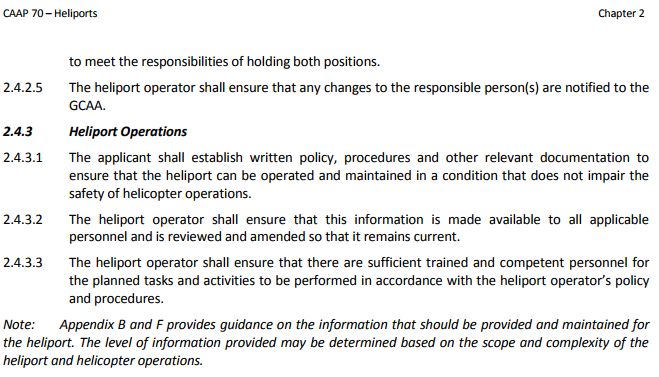
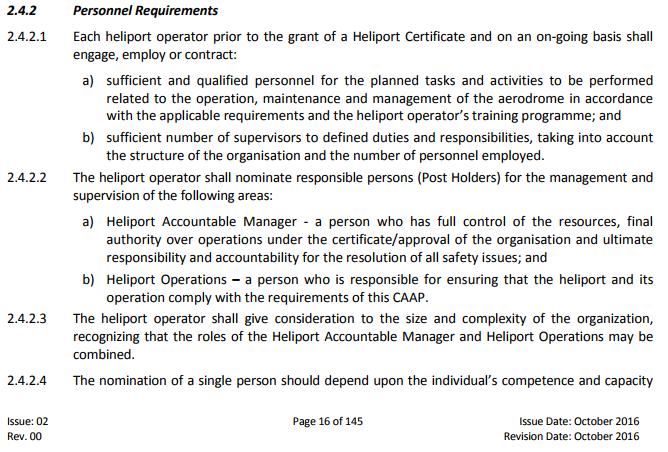
- The promulgated treaties of the GCAA have, in 2016,particularly in Articles 4 from CAAP 72 and Articles 2.4.2 and 2.4.3 from CAAP 70. These articles now specify that the requirements for the structure of air operations must be included in the definition and operation of the policies and actions of the properties, in particular to promoting the sustainable development of the United Arab Emirates. These latest innovations put into perspective the sustainable development and the integration of the Taxi drone lines perceived as a means. The recognition of the principle of integration in both landlord and aeronautical law suffers from the absence of a clear legal definition of the scope of this concept.The engineering office Elisa aeronautics² (us), relying on the delivery of their demonstrator for the RTA², highlights the existence of a dichotomy of the legal integration principle around the real estate drone ship. According to the author, the principle of integration would be subdivided between ownership ( Maintenance of minimum heliport requirements, GCAA Taxes, specialized employees ) and a federal subsidy ( Droneship captaincy, means of controlling air corridors ).
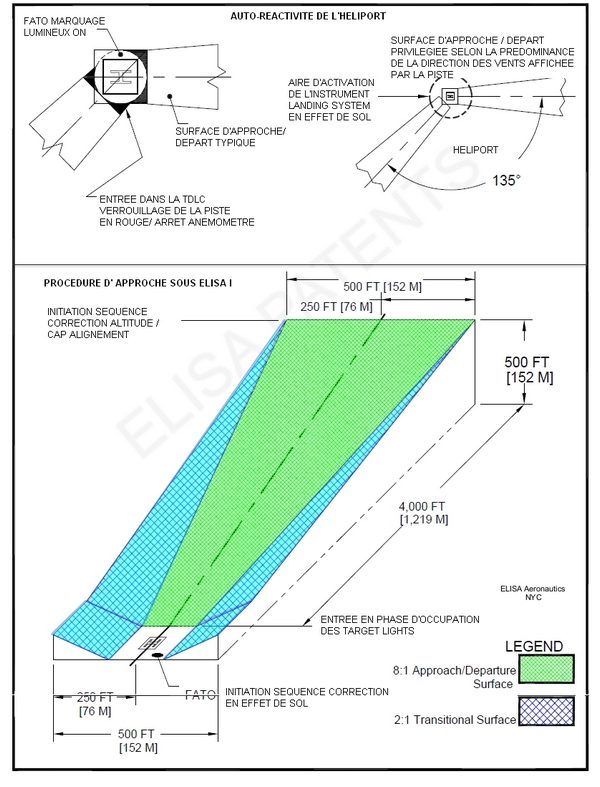 The RTA Taxi drone approach concerns civil legislation alone and requires a global approach ( Military, Civil Security ) based on ecosystemic reflection to avoid the isolation or autarky of certain provisions of this specific branch. It allows, for example, that the problems related to the priorities of access to the air corridors are treated as a whole.
The RTA Taxi drone approach concerns civil legislation alone and requires a global approach ( Military, Civil Security ) based on ecosystemic reflection to avoid the isolation or autarky of certain provisions of this specific branch. It allows, for example, that the problems related to the priorities of access to the air corridors are treated as a whole.
The requirement of civil integration, on the other hand, corresponds to a more classical vision which leads to taking account of real estate concerns (including aeronautical issues) in normative sets. It is this last acceptation which corresponds to the object of our study.
VOLUME 2 - LEGALIZATION OF THE TAXI DRONE FLIGHT Read more >
Source: Cadiou, JBL


